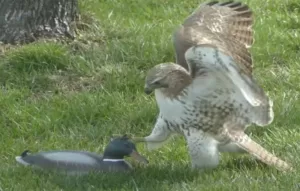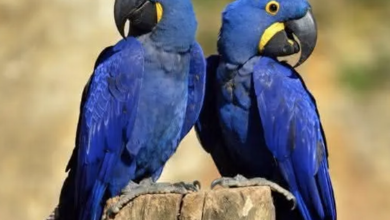Pink and Adorable Take a Good Look at the Flamingos
Flocking Together: Unveiling the Fascinating Flamingo
Graceful, pink-feathered, and long-legged, flamingos are a captivating sight to behold. These wading birds, found in warm regions around the world, have captured the imagination of humans for centuries, inspiring artists, writers, and nature enthusiasts alike. Beyond their striking appearance, flamingos possess unique adaptations and behaviors that make them an integral part of their ecosystems. Let’s delve into the captivating world of flamingos, exploring their biology, social habits, and conservation status.
Physical Characteristics

Flamingos are renowned for their vibrant plumage, ranging from rosy pink to deep scarlet. This coloration is derived from carotenoid pigments obtained from their diet, primarily small crustaceans and algae. The long, slender legs of flamingos are specially adapted for wading in shallow waters, while their webbed feet provide ample surface area for swimming and maneuvering. Their distinctive beaks, curved and spoon-shaped, are used to filter food from the water.
Social Structure and Breeding
Flamingos are highly social creatures, forming large colonies that can number in the thousands. These colonies provide safety in numbers, making it difficult for predators to target individual birds. Flamingos engage in elaborate courtship displays, involving synchronized movements, head bobbing, and vocalizations. Once a pair bonds, they construct a mud nest, where they lay a single egg. Both parents share incubation duties, and the chick hatches after about 28-32 days.
Feeding Habits and Adaptations
Flamingos are filter feeders, using their specialized beaks to scoop up water and mud. As they pass the mixture through their beaks, small organisms like crustaceans and algae are trapped in the lamellae, tiny comb-like structures inside their beaks. The flamingo then extracts the water and swallows the captured prey. Their unique feeding method allows them to exploit a food source that is abundant but difficult for other animals to access.
Ecological Importance

Flamingos play a vital role in maintaining the health of their ecosystems. By feeding on algae and small invertebrates, they help control populations of these organisms and prevent overgrowth. Additionally, their excrement contributes to nutrient cycling, enriching the soil and supporting plant growth. Flamingos also serve as an indicator species, reflecting the overall health of their environment.
Conservation Challenges
Despite their widespread distribution, flamingos face numerous conservation threats. Habitat loss due to coastal development, pollution, and climate change is a major concern. Additionally, human activities such as egg collecting and disturbance of nesting colonies can disrupt breeding success. Conservation efforts are underway to protect flamingo habitats, reduce pollution, and promote sustainable practices in areas frequented by these birds.
Conclusion

Flamingos are not just beautiful creatures; they are ecologically important and integral to the health of their ecosystems. Understanding their biology, behavior, and conservation challenges is crucial for ensuring their continued survival and the preservation of the natural world they inhabit. By appreciating these remarkable birds and supporting conservation efforts, we can help safeguard their future and the delicate balance of the ecosystems they call home.




